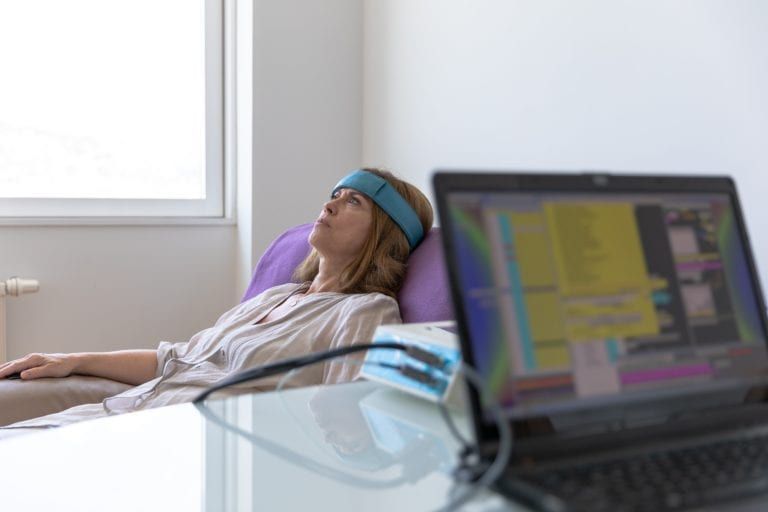Harnessing the Power of Bio-Feedback to Transform Persistent Discomfort Management and Improve Quality of Life
Harnessing the Power of Bio-Feedback to Transform Persistent Discomfort Management and Improve Quality of Life
Blog Article
Chronic discomfort is a syndrome that affects millions of individuals around the world. It can be triggered by various elements, including injuries, illnesses, or even anxiety. For many patients, managing chronic pain can be a constant struggle that affects their standard of life. Traditional treatments often consist of medications, physical therapy, and occasionally surgery. However, these approaches do not always provide the alleviation that patients desire. Recently, biofeedback has surfaced as a potential alternative for managing chronic pain and enhancing overall well-being.
Biofeedback is a method that teaches patients how to control specific bodily functions by using indicators from their own bodies. This approach involves employing sensors that monitor physiological responses such as heart rate, muscle tension, and skin temperature. By offering immediate feedback, individuals can discover to identify their body's reactions to pain and stress. This awareness allows them to formulate strategies to manage their pain more efficiently. For example, if a patient notices that their muscle tension increases when they are in pain, they can utilize relaxation techniques to help alleviate that tension.
One of the key advantages of biofeedback is that it empowers patients to take an active role in their pain management. Instead of depending solely on drugs or treatments from medical providers, individuals can gain to comprehend and regulate their own physiology. This sense of control can lead to increased confidence and a more optimistic outlook on life. Many patients report feeling more in control of their pain and less like sufferers of their syndrome. This change in perspective can substantially improve their standard of life.
Studies has demonstrated that biofeedback can be beneficial in alleviating chronic pain indicators. Research indicate that individuals who employ biofeedback methods often undergo less pain and better physical ability. Additionally, biofeedback can help lessen anxiety and stress, which are common issues for those living with chronic pain. By addressing both moved here the physical and emotional aspects of pain, biofeedback offers a holistic approach to pain management. This comprehensive method can lead to better outcomes for patients, allowing them to participate more completely in their daily activities.
In conclusion, biofeedback is a valuable tool for transforming chronic pain management. By teaching individuals to understand and control their physiological responses, biofeedback enables individuals to take control of their pain. This approach not only helps alleviate pain but also improves overall standard of life. As more individuals look for alternatives to traditional pain management methods, biofeedback stands out as a promising option. With ongoing investigation and recognition, biofeedback could turn into an essential part of chronic pain therapy, helping individuals lead healthier, more fulfilling lives.